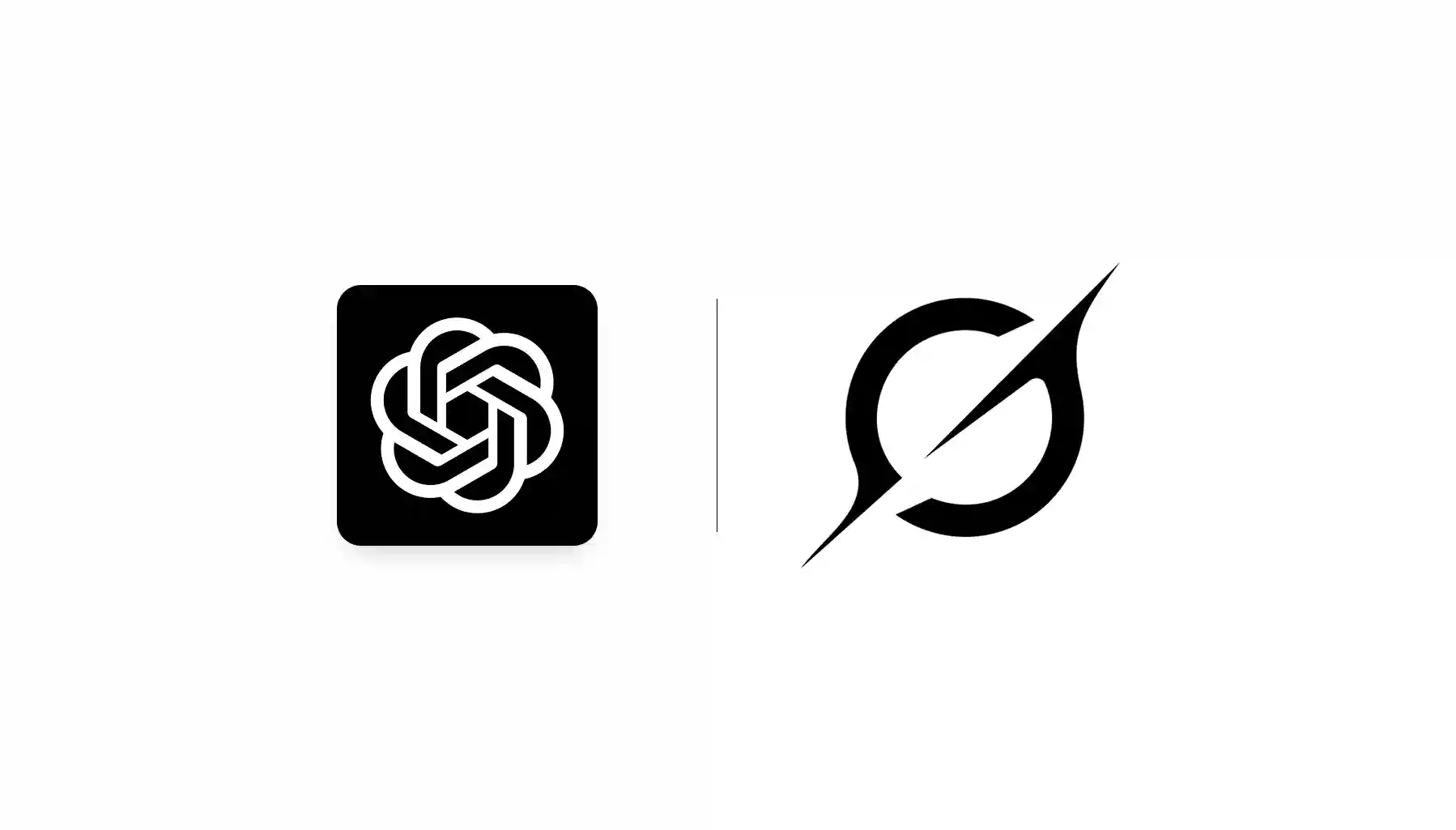
As the AI landscape accelerates in 2025, two models dominate the conversation: Grok 4.1 from xAI and ChatGPT-5.1 from OpenAI. Both represent major leaps in natural language intelligence, multimodal reasoning, and human-AI interaction, but they are designed with different priorities. Below is a clear, reader-friendly breakdown of how these models compare and what those differences mean for everyday users, creators, and professionals.
A New Generation of Flagship Models
Grok 4.1 and ChatGPT-5.1 arrive at a time when LLMs are no longer just chatbots—they’re reasoning engines, creative partners, and productivity tools. While both models aim for high-level intelligence, they reflect different philosophies. Grok 4.1 focuses on emotional nuance, long-context understanding, and agent-like workflows. ChatGPT-5.1 focuses on reliability, clarity, warm conversational tone, and adaptive reasoning.
Understanding Their Core Strengths
1. Performance and Reasoning Ability
ChatGPT-5.1 is built as a balanced, competent generalist. It offers strong analytical reasoning, better handling of complex instructions, and a more stable understanding of technical tasks like coding, finance, and research. OpenAI has also equipped it with “Instant” and “Thinking” modes—giving users speed when needed and depth when required.
Grok 4.1 shines in areas requiring creativity, subtle emotional understanding, and collaborative dialogue. It also performs well on reasoning benchmarks, but its standout feature is its more expressive, personality-rich conversational style. Its large context capacity enables it to maintain coherence across very long discussions or documents.
2. Conversational Tone and Personalization
This is one of the sharpest differences between the two models.
ChatGPT-5.1 offers a polished, calm, consistent tone that adapts to the user’s communication style. With built-in personality modes—like Professional, Friendly, Nerdy, and Quirky—it can adjust its delivery without losing clarity.
Grok 4.1 leans into human-like expression. It is designed to be more emotionally aware, spontaneous, and creative. Many users find it “chatty” and more natural-sounding, especially in casual conversations or creative brainstorming sessions.
3. Context Length and Memory Handling
Grok 4.1 provides extremely long context support—up to hundreds of thousands, or nearly a million, tokens in some workflows. This makes it ideal for analyzing large documents, ongoing conversations, or multi-step agent tasks.
ChatGPT-5.1 offers up to 128K context on premium tiers. While shorter than Grok’s upper limits, it is highly optimized, ensuring precision and reduced drift even in long chats.
If you frequently handle large PDFs, multi-chapter books, or detailed project threads, Grok 4.1 may give you an edge.
4. Multimodal Capabilities
Both models are multimodal—able to process text, images, diagrams, and more.
ChatGPT-5.1 integrates tightly with the broader ChatGPT ecosystem, offering robust tools such as web search, file analysis, code execution, and data visualization. It also handles image reasoning cleanly and consistently.
Grok 4.1 emphasizes understanding real-world media—images, charts, screenshots, and even video frames. Its strength lies in identifying subtle emotional cues, layout structures, and real-world visual elements.
5. Tool Use, Agents, and Automation
Grok 4.1, especially its “Fast” variant, is designed around agentic workflows—calling tools, performing actions, and managing long step-by-step operations. Developers appreciate its speed and cost efficiency.
ChatGPT-5.1, on the other hand, integrates seamlessly with OpenAI’s tools, such as data analysis, browsing, coding sandboxes, and file management. Its ecosystem approach makes it a versatile assistant for productivity and professional tasks.
6. Hallucination and Accuracy
ChatGPT-5.1 focuses strongly on reducing hallucinations by improving alignment and reasoning. Its answers tend to be more conservative and factual unless pushed into creative territory.
Grok 4.1 has seen significant improvements in lowering hallucination rates, particularly compared to earlier versions. However, because it leans into creativity and emotional expressiveness, its responses can feel looser and more imaginative—great for brainstorming, but sometimes requiring verification.
7. Pricing, Access, and Ecosystem
ChatGPT-5.1 is widely accessible through ChatGPT on Free, Plus, Team, and Enterprise tiers, with varying message limits and features.
Grok 4.1 is accessible via the xAI platform and integrated into the X (Twitter) ecosystem. Its “Fast” version is competitively priced for developers and offers powerful APIs.
OpenAI currently offers the broader tool ecosystem, but Grok’s integration with the X platform appeals to social-media-centric users and developers.
Which One Should You Use?
It depends on your priorities:
- For research, writing, productivity, and dependable accuracy:
- ChatGPT-5.1 is the stronger all-rounder.
- For creative expression, emotional nuance, and long-context workflows:
- Grok 4.1 delivers a more expressive, human-like experience.
- For developers building agent-style automations:
- Grok 4.1 Fast is attractive for speed and cost, while ChatGPT-5.1 excels in reliability and broader tooling.
- For everyday chatting or personalized conversation:
- ChatGPT feels steady and warm; Grok feels vibrant and spontaneous.
Final Verdict
Both Grok 4.1 and ChatGPT-5.1 represent the cutting edge of modern AI, but they are not interchangeable. ChatGPT-5.1 is designed for precision, professionalism, and versatility across tasks. Grok 4.1 is designed for creativity, emotional intelligence, and long-term thinking.
Your ideal choice depends on whether you want an AI that feels more like a brilliant collaborator—or one that feels more like a competent, emotionally expressive partner.